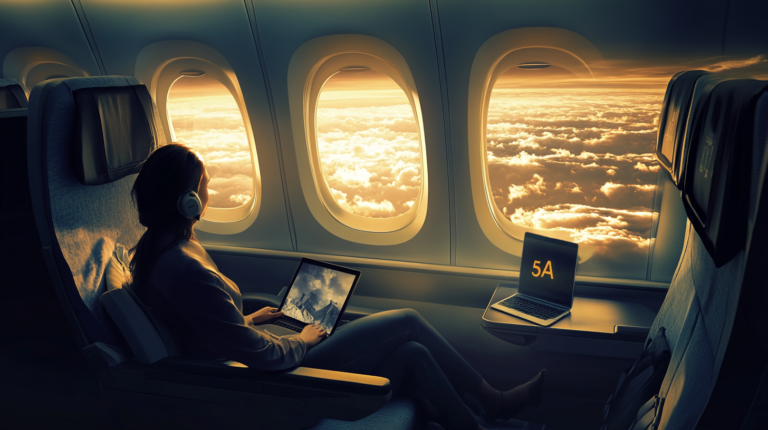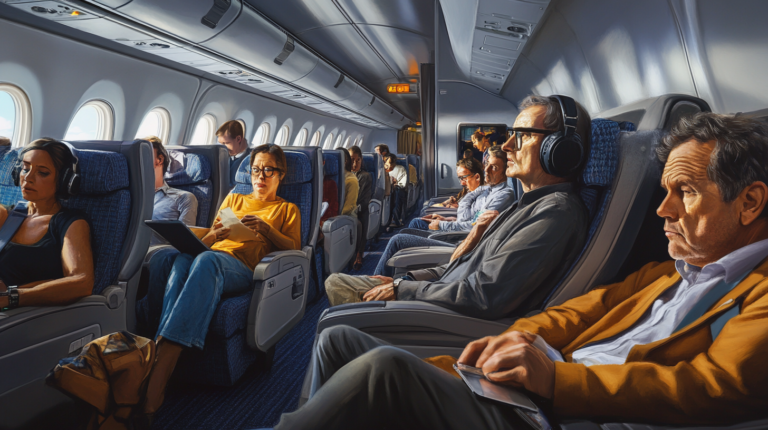Travel Safety and Security: Unveiling the Stowaway Incidents and Airport Safety Concerns
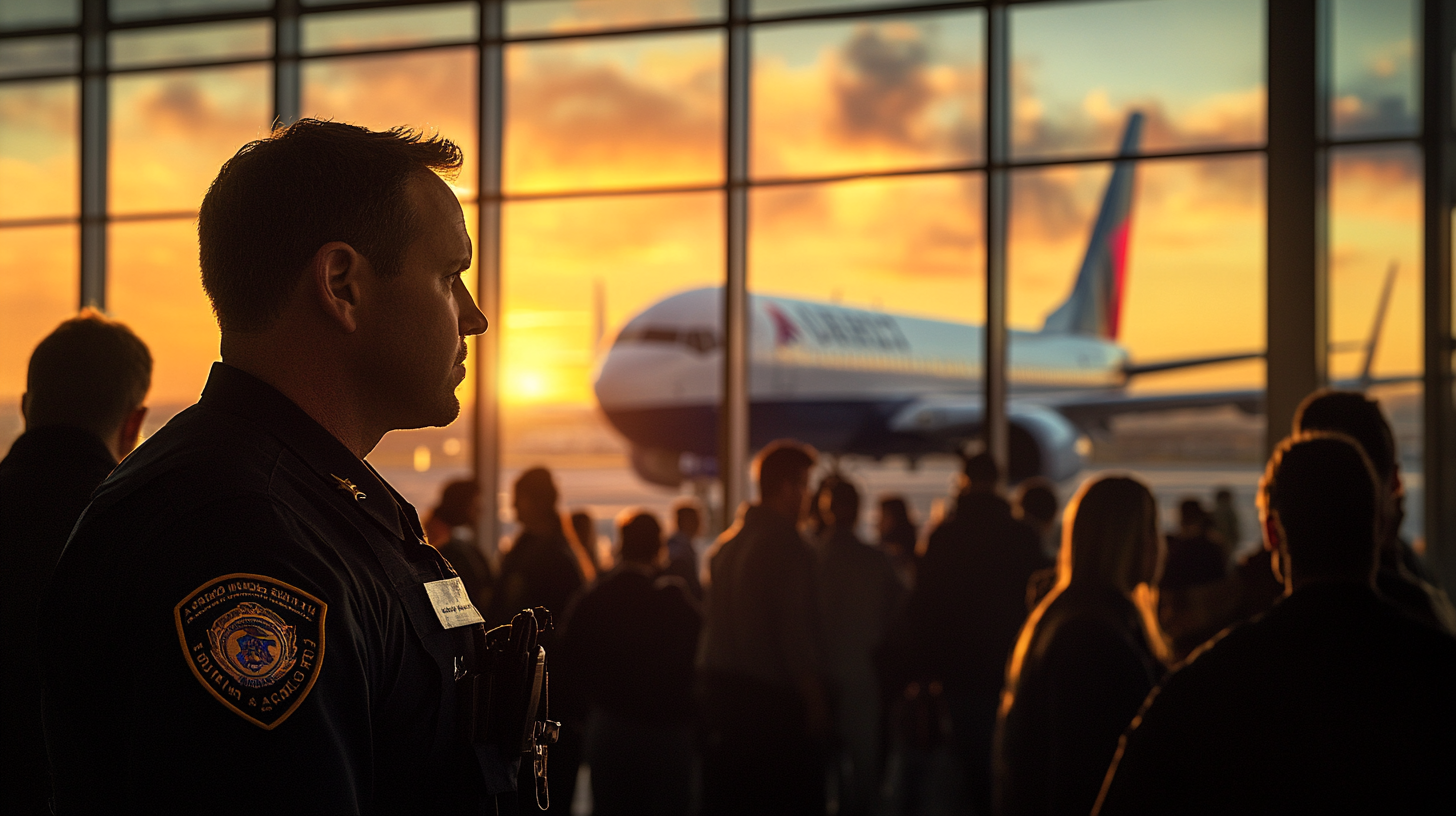
Air travel, a cornerstone of global connectivity, has long been heralded as one of the safest and most efficient modes of transportation. This reputation is attributed to the stringent security measures implemented worldwide, especially in the aftermath of significant historical events that reshaped aviation protocols. However, recent stowaway incidents have sent shockwaves through the industry, exposing alarming vulnerabilities in airport security systems and raising pressing questions about their effectiveness. Travelers and experts alike are now reevaluating the assumed impenetrability of these systems. This article delves deep into these concerns, examining not only the incidents themselves but also the human stories behind them and the far-reaching implications for global aviation security.
Recent Stowaway Incidents on Delta Flights
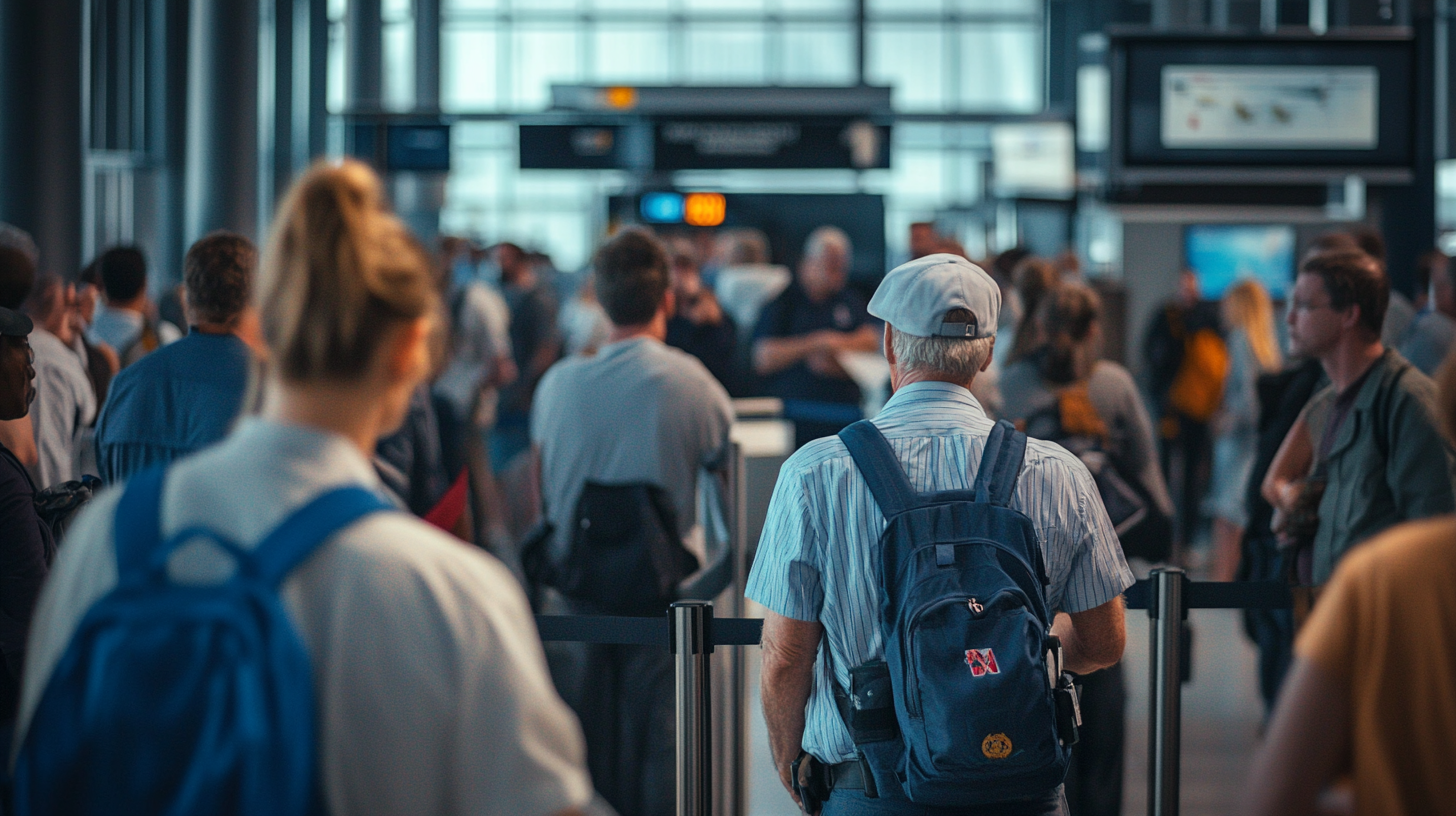
Christmas Eve Breach at Seattle-Tacoma Airport
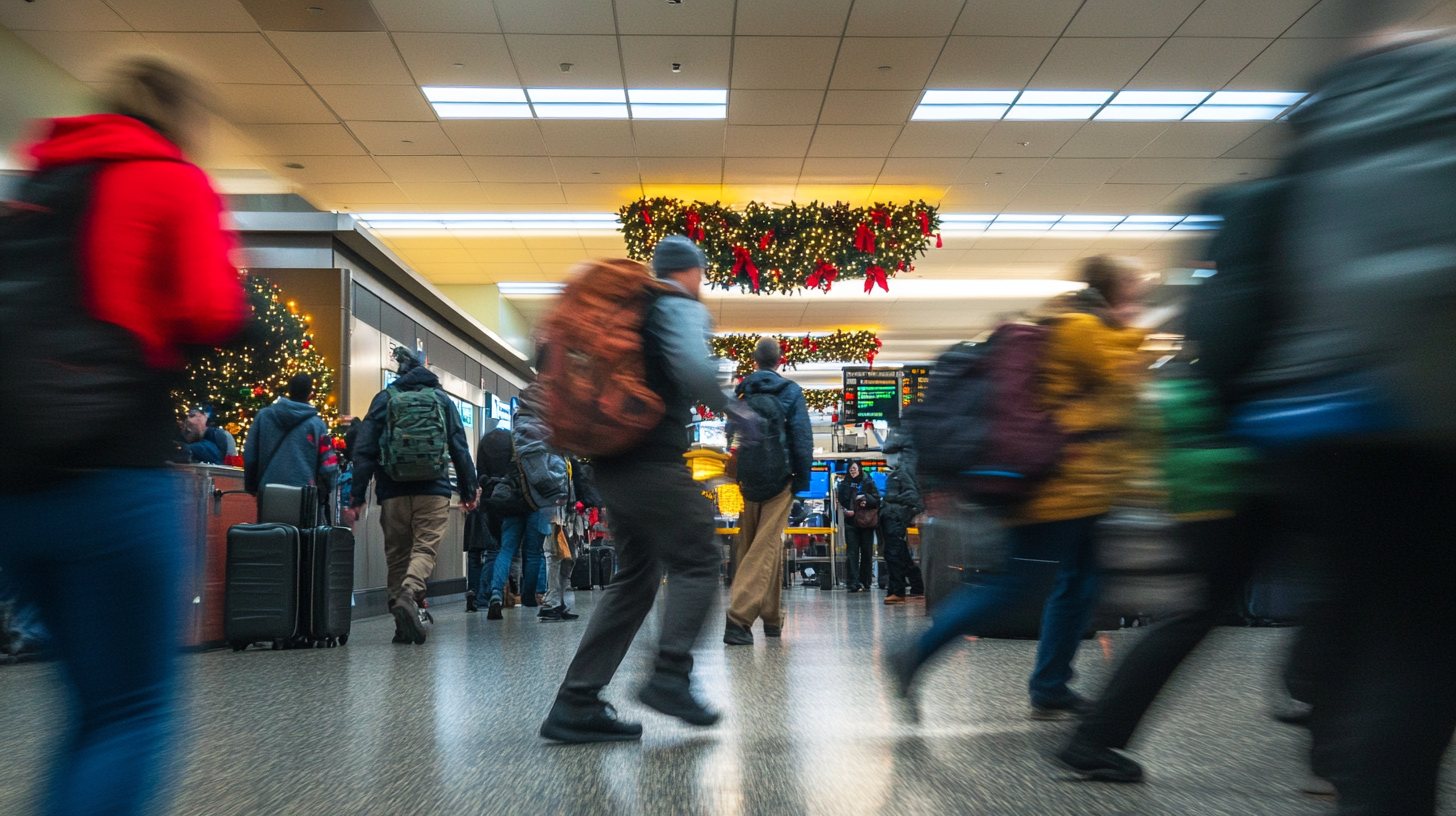
On a bustling Christmas Eve, amidst the festive hustle of Seattle-Tacoma International Airport, a significant security breach unfolded that left both passengers and officials stunned. An unticketed passenger astonishingly managed to navigate through the labyrinth of security measures and board Delta Air Lines Flight 487 bound for the tropical shores of Honolulu. Without a boarding pass or proper identification, the individual bypassed security checks—slipping through undetected in an environment where every second counts and thousands of travelers are eager to reach their holiday destinations.
As the Airbus A321neo prepared for takeoff, the cabin crew conducted their routine checks, during which they discovered the unauthorized passenger. The realization sent ripples of concern through the crew, prompting immediate action. The flight was compelled to abort its departure and return to the gate, a decision prioritizing the safety and security of all aboard.
Passengers, already settled in for the six-hour journey, were disembarked and subjected to rescreening procedures. This unexpected turn not only led to frustration but also heightened anxiety among travelers, causing over a two-hour delay during one of the busiest travel periods of the year. The stowaway was subsequently arrested by Seattle police on charges of trespassing. The incident prompted both Delta and the Transportation Security Administration (TSA) to launch thorough investigations into how such a breach could occur, aiming to prevent future lapses in security.
Thanksgiving Incident at JFK Airport
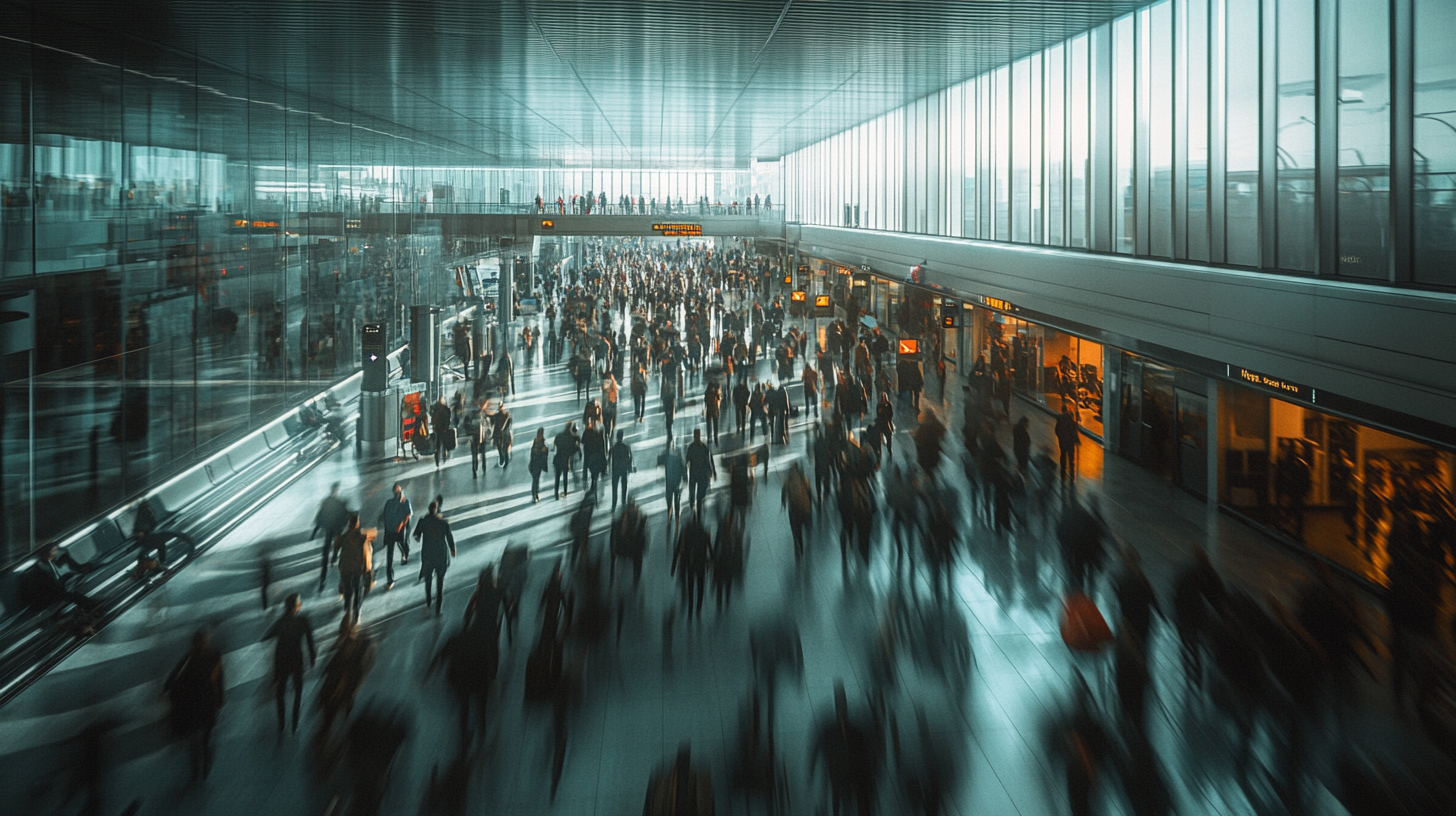
Just weeks prior to the Christmas Eve breach, during the height of the Thanksgiving travel rush, another startling incident shook the aviation community at New York’s John F. Kennedy International Airport. Amid the sea of travelers eager to reunite with loved ones, a 57-year-old Russian woman named Svetlana Dali ingeniously evaded multiple layers of security to board Delta Air Lines Flight 264 destined for Paris. Without a ticket or valid identification, she skillfully navigated through the airport’s checkpoints.
Reports suggest that Dali capitalized on the chaotic environment of peak holiday travel, seamlessly blending in with large groups of passengers. She even utilized the crew member line—a lane typically reserved for pilots and flight attendants—bypassing standard security protocols. It wasn’t until the flight was well underway that flight attendants grew suspicious. Dali was discovered hiding in the lavatory, raising immediate concerns about how she had boarded the international flight unnoticed.
Upon landing in Paris, French authorities detained her for questioning. However, the situation escalated when efforts were made to return her to the United States. Dali reportedly caused a disturbance, necessitating the accompaniment of six U.S. Marshals on the flight back to ensure safety and compliance. This incident not only exposed security weaknesses but also highlighted the potential international ramifications of such breaches.
Security Vulnerabilities Exposed
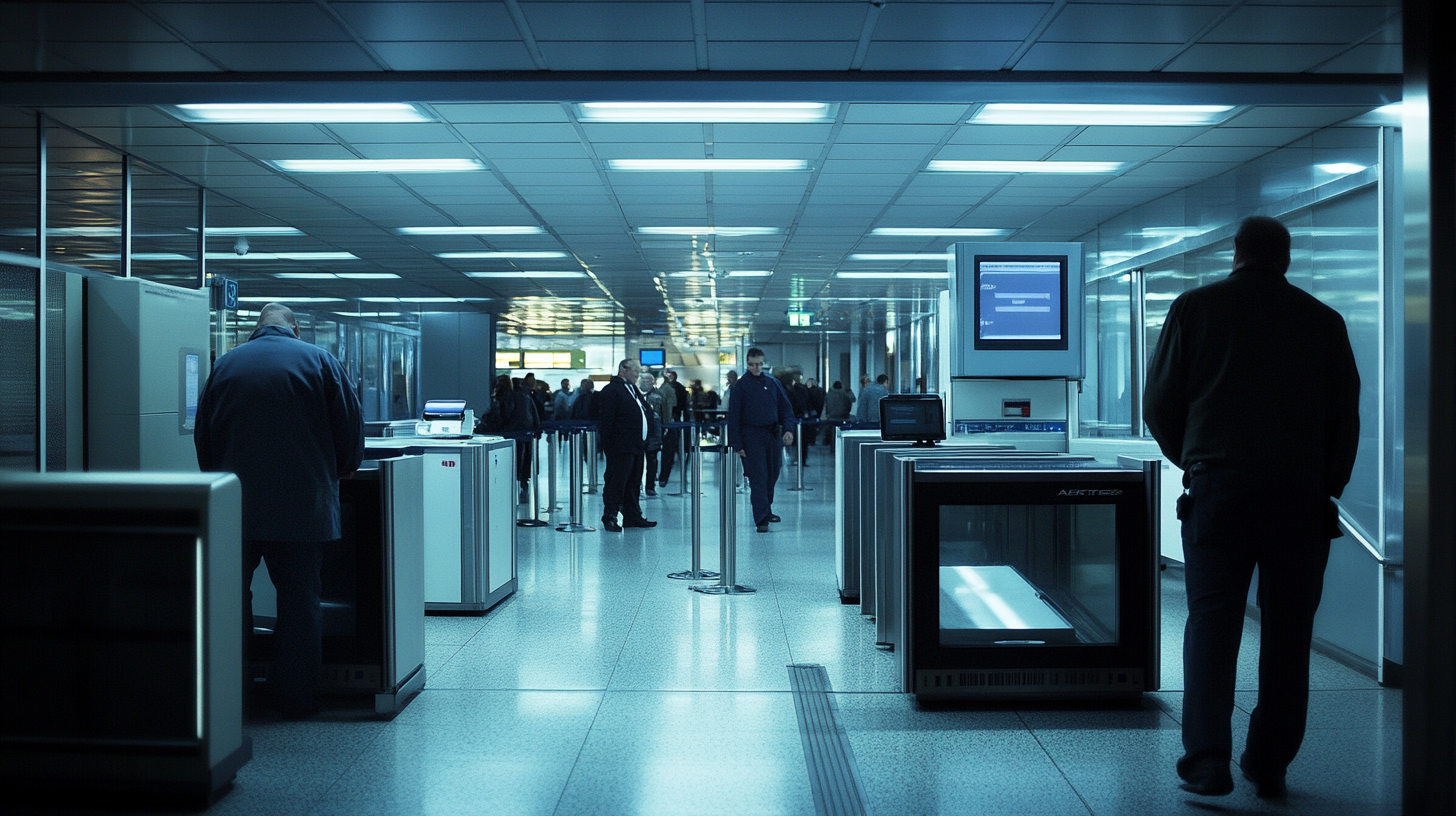
Gaps in Airport Security Protocols
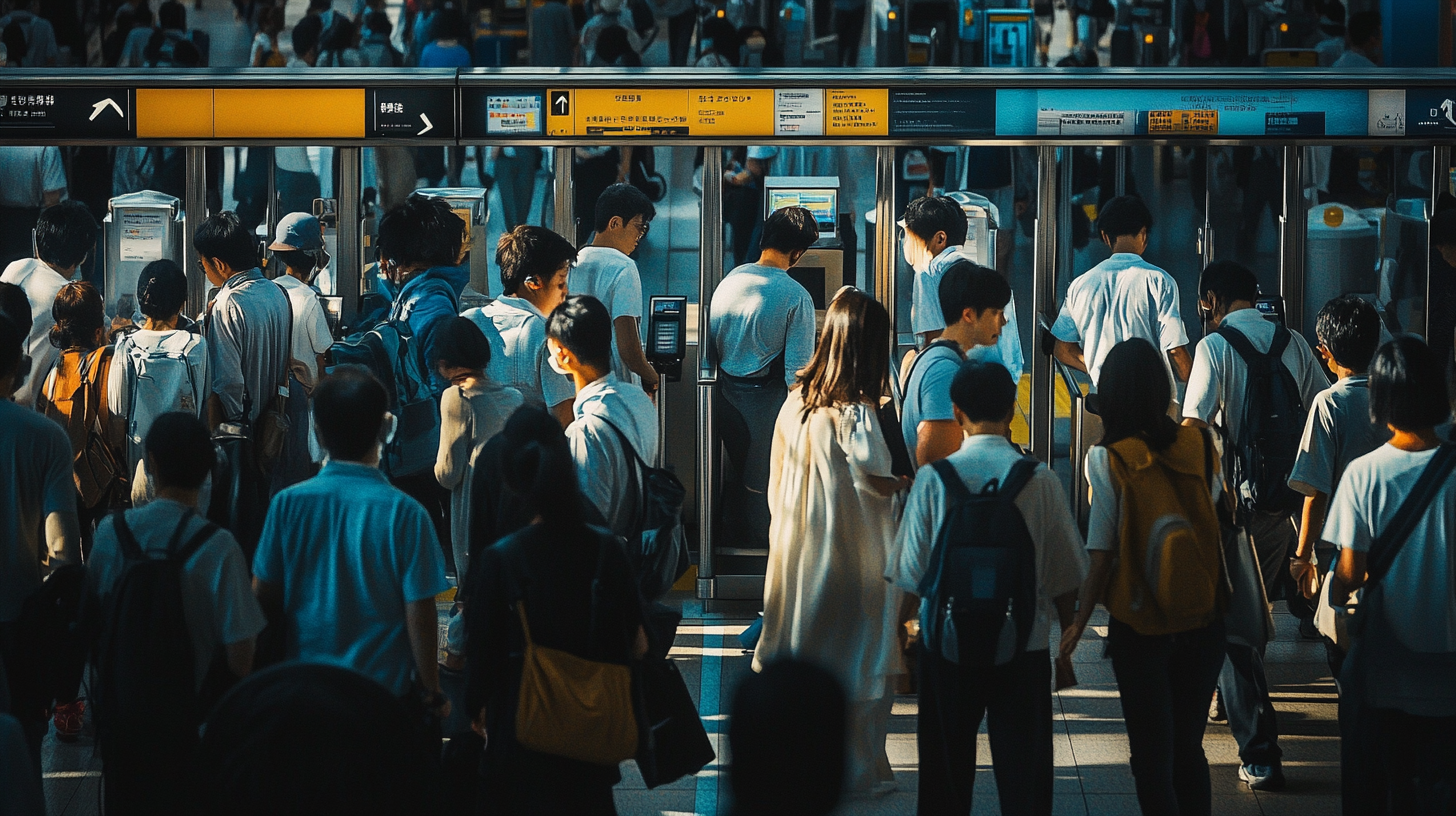
These alarming incidents have unmasked critical flaws in airport security protocols that many believed were airtight. The ability of unauthorized individuals to bypass multiple layers of security—including checkpoints, rigorous screenings, and boarding pass verifications—highlights profound weaknesses in access control and monitoring systems. In both the Seattle and New York cases, the stowaways exploited the chaotic nature of busy travel periods. The overwhelming passenger volumes during holidays can strain security personnel and systems, creating opportunities for determined individuals to slip through the cracks.
Moreover, these breaches signify that current security measures may not be adequately scalable to handle peak times. The reliance on manual checks, coupled with human error, can lead to lapses in vigilance. The incidents raise concerns about whether airports are sufficiently equipped to balance efficiency with uncompromised security, especially when faced with surges in traveler numbers.
Expert Analysis and Criticism

Mary Schiavo, former Inspector General for the Department of Transportation and esteemed CNN aviation analyst, did not mince words when addressing these security breaches. She described them as a stark “wake-up call” for the aviation industry, urging immediate action to rectify the exposed vulnerabilities. Schiavo criticized the apparent complacency that may have settled in over the years since the post-9/11 security overhauls, emphasizing that despite the robust measures instituted then, determined individuals can still exploit gaps.
“Relying solely on traditional screening methods is no longer sufficient in an era where threats are continually evolving,” she asserted. Schiavo and other experts argue that the aviation industry must embrace innovative technologies and updated procedures. This includes the integration of advanced biometric systems, real-time data analytics for passenger behavior, and enhanced training for security personnel to recognize subtle cues of suspicious activity. The consensus among experts is clear: without proactive upgrades and a commitment to continuous improvement, airports will remain vulnerable to security breaches.
The Human Stories Behind Stowaway Attempts

Desperation and Global Inequalities
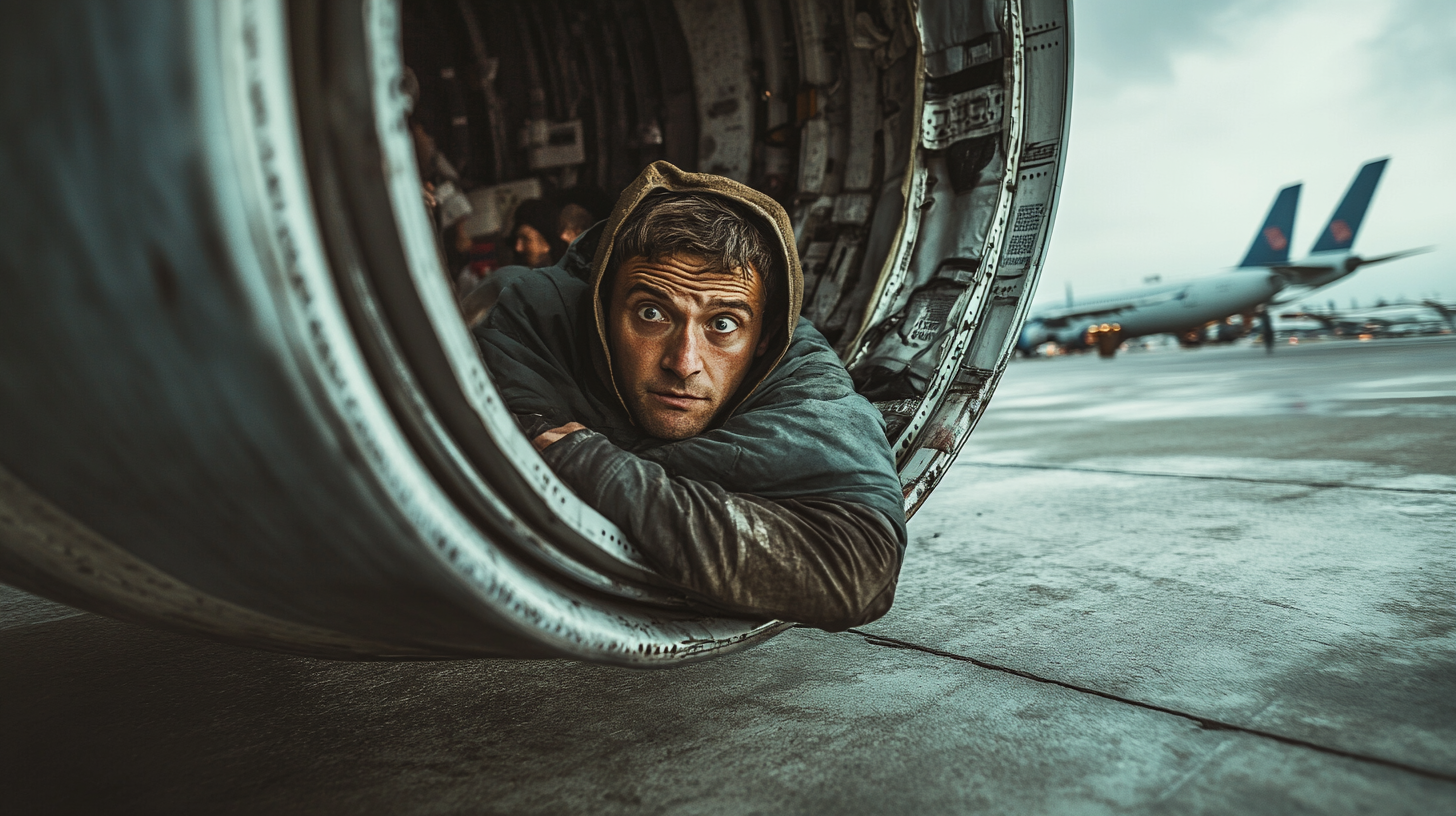
While stowaway incidents undeniably pose serious security risks, they also bring to light the profound desperation that compels individuals to undertake such perilous journeys. For many, the act of stowing away is a last resort—a dangerous gamble driven by dire circumstances. These individuals often hail from regions plagued by deep-rooted poverty, ongoing conflict, or severe political instability. Facing limited options, they are propelled by a fierce hope for a better future, willing to risk their lives for the mere chance of safety and opportunity.
The human stories behind these attempts are heart-wrenching narratives of survival and aspiration. They underscore global inequalities and highlight the stark disparities that exist between different parts of the world. Each stowaway represents more than a security breach; they embody tales of courage, desperation, and the universal quest for a dignified life. Recognizing these underlying factors adds a complex layer to the conversation about aviation security, reminding us that behind each incident is a human being facing unimaginable challenges.
Risks and Consequences
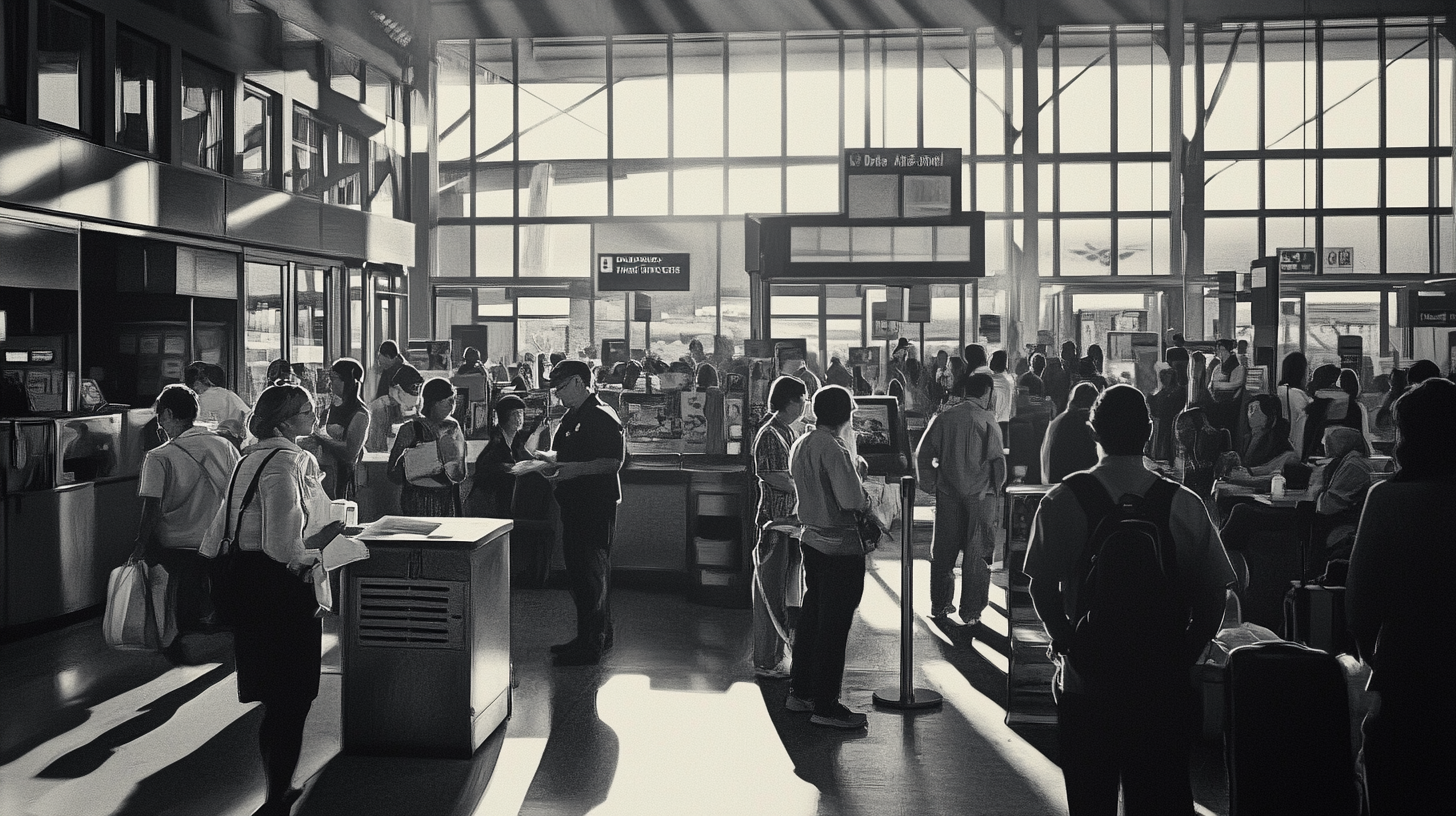
The act of stowing away on an aircraft is fraught with peril at every turn. Beyond its illegality, the physical dangers are severe and often fatal. Individuals who hide in wheel wells or other external parts of the aircraft expose themselves to the brutal conditions of high-altitude flight. Temperatures can plummet to as low as minus 65 degrees Fahrenheit (minus 54 degrees Celsius), and the air becomes exceedingly thin, leading to hypoxia—a deficiency in the amount of oxygen reaching the tissues. The risks of freezing to death or falling from the aircraft are alarmingly high.
Even for those who manage to survive the journey—a rare occurrence—the challenges continue upon landing. Being apprehended leads to significant legal consequences, including arrest, detention, and prosecution for trespassing, immigration violations, and other offenses. These individuals may also face deportation back to the dire conditions they sought to escape. The compounded risks and consequences make stowing away one of the most dangerous methods of unauthorized travel, highlighting the extreme lengths to which some will go when all other avenues seem closed.
Evaluating Airport Safety Measures
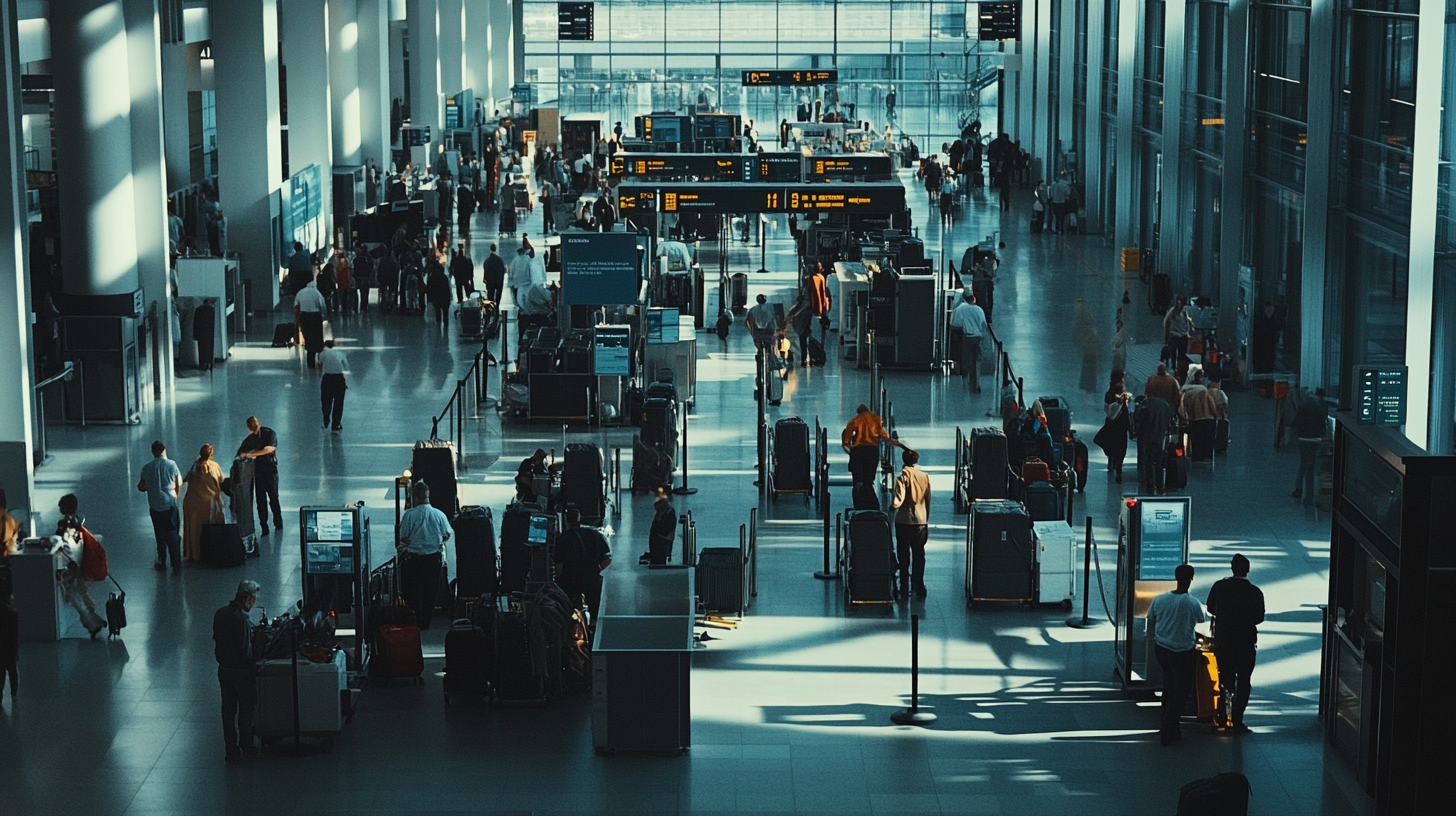
Current Security Technologies and Practices
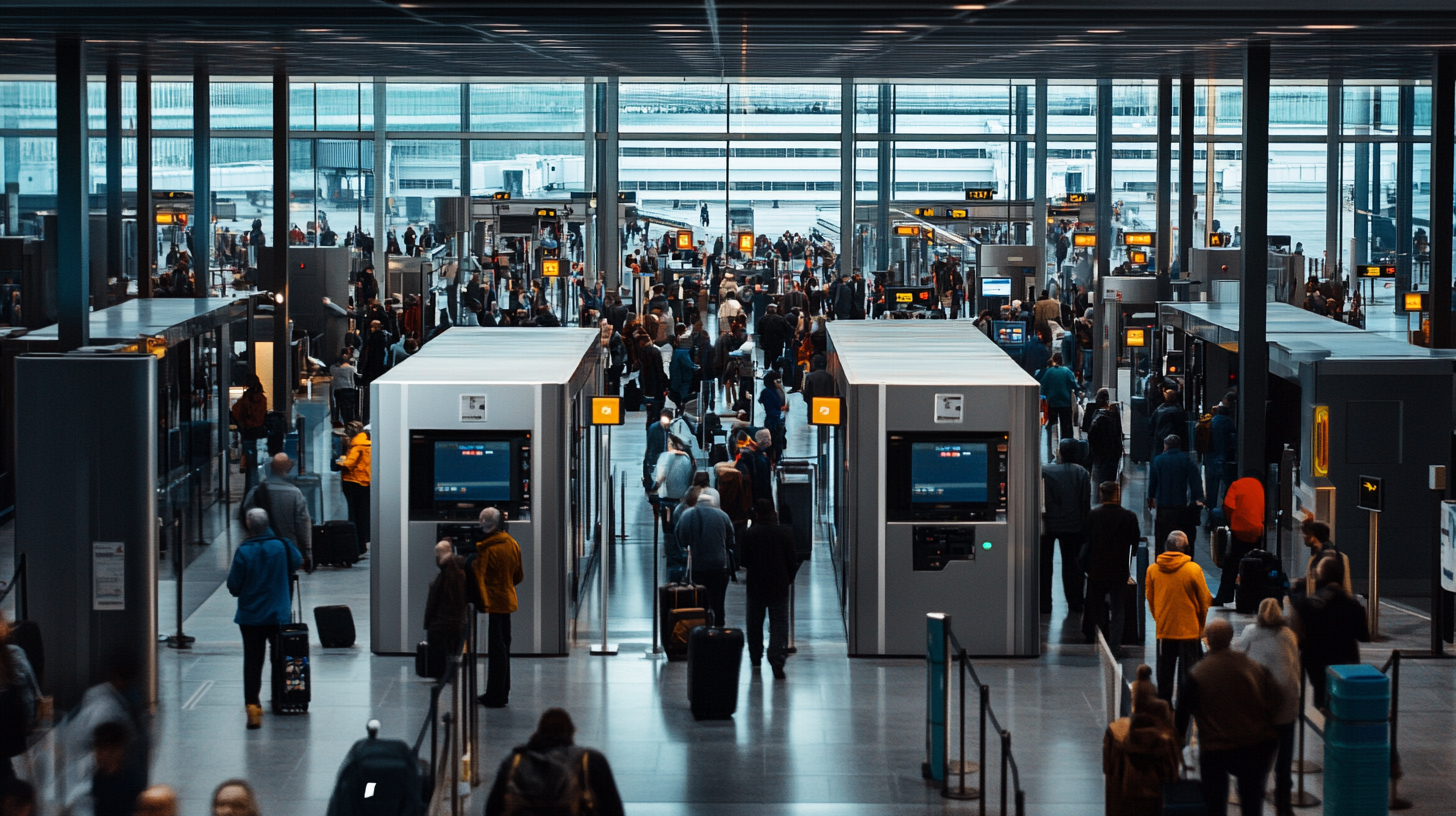
Airports around the globe have invested heavily in a myriad of security measures aimed at safeguarding passengers, crew, and infrastructure. These range from traditional surveillance systems and metal detectors to advanced technologies like full-body scanners and explosive detection systems. Physical screenings are conducted meticulously, with trained personnel scrutinizing carry-on items and checked baggage for prohibited items.
In recent years, the introduction of biometric technologies has marked a significant advancement in security protocols. Facial recognition scanners and fingerprint identification systems have been integrated to expedite verification processes while enhancing accuracy. For example, the Transportation Security Administration (TSA) utilizes sophisticated ID checks that cross-reference passenger identities against boarding passes and watchlists in real-time. Such technologies aim to minimize human error, reduce wait times, and provide a layered defense against potential threats. Despite substantial investments in these systems, the recent breaches suggest that technology alone may not suffice in ensuring comprehensive security.
Effectiveness and Limitations
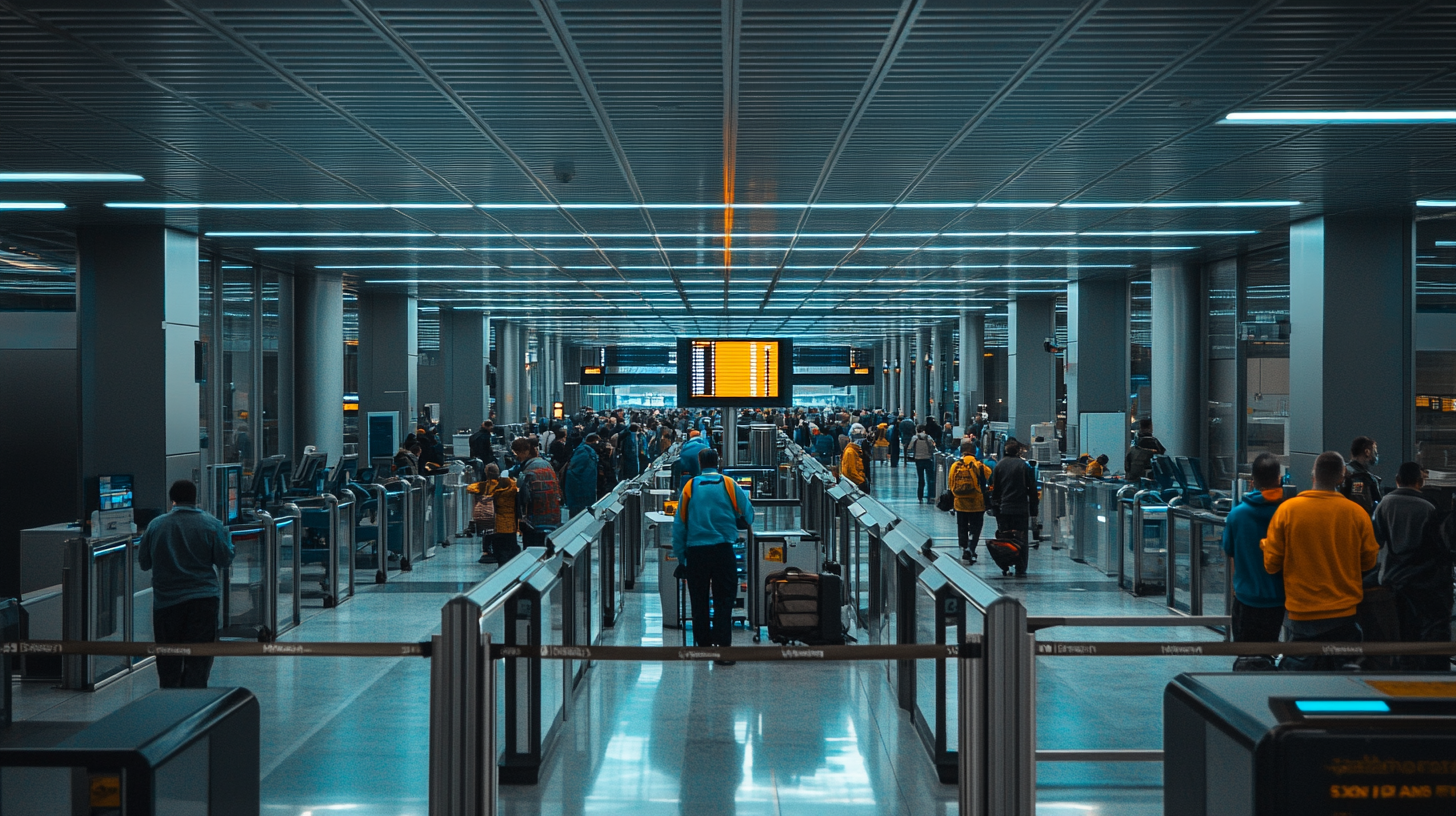
Despite the adoption of cutting-edge security technologies, the recent stowaway incidents have exposed critical shortcomings in their effectiveness. The fact that unauthorized individuals could circumvent facial recognition systems and identification checks raises questions about the reliability and integration of these technologies within existing security frameworks. One significant limitation is that technology is only as effective as its implementation and oversight. Vulnerabilities may arise from outdated systems, insufficient maintenance, or lack of interoperability between different security platforms.
Furthermore, human factors play an indispensable role in security efficacy. Factors such as human error, complacency, and inadequate training can compromise even the most advanced systems. Inadequate staffing levels, especially during peak travel periods, can lead to rushed procedures and overlooked protocols. Security personnel may become overwhelmed by the sheer volume of passengers, making it challenging to maintain the high level of vigilance required. These limitations highlight the need for a holistic approach to security that combines technology, personnel, and process optimization.
Proposed Solutions and Future Measures
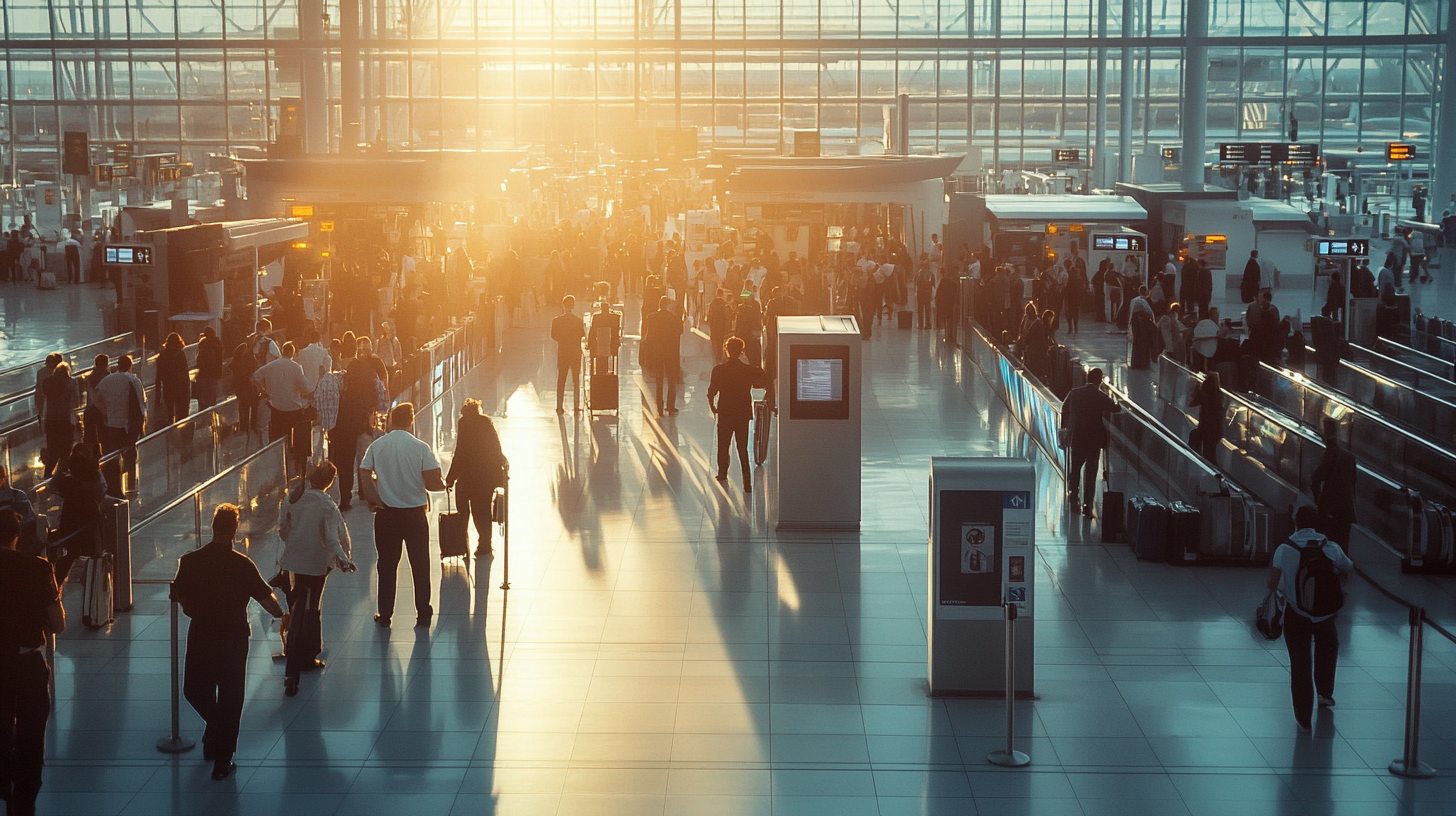
Investment in Advanced Technologies
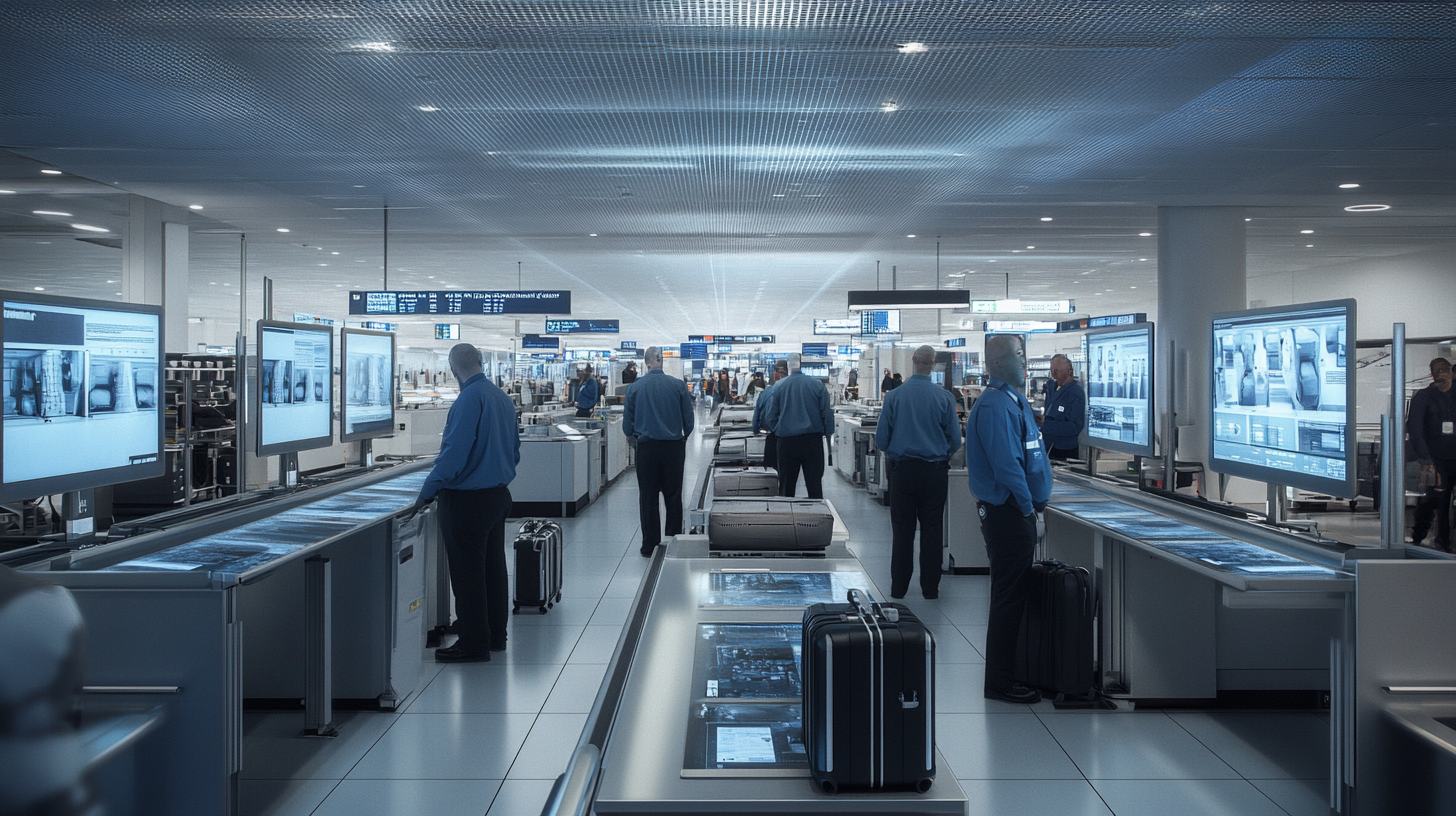
In response to the exposed vulnerabilities, experts are calling for significant investments in advanced security technologies that can bridge existing gaps. One promising solution is the deployment of automated electronic gates equipped with biometric verification. Such gates would require passengers to scan their boarding passes and present identification documents, which are then cross-referenced with biometric data like facial recognition or fingerprint scans. This multilayered verification process adds a robust defense against identity fraud and unauthorized access.
Moreover, integrating artificial intelligence and machine learning algorithms can enhance the detection of suspicious behavior patterns, enabling proactive intervention. Implementing Innovative Airport Security Solutions can aid in real-time threat assessment and streamline security operations. The goal is to create a seamless yet secure passenger experience that deters potential breaches without causing undue delays.
Enhancing Collaboration Among Stakeholders
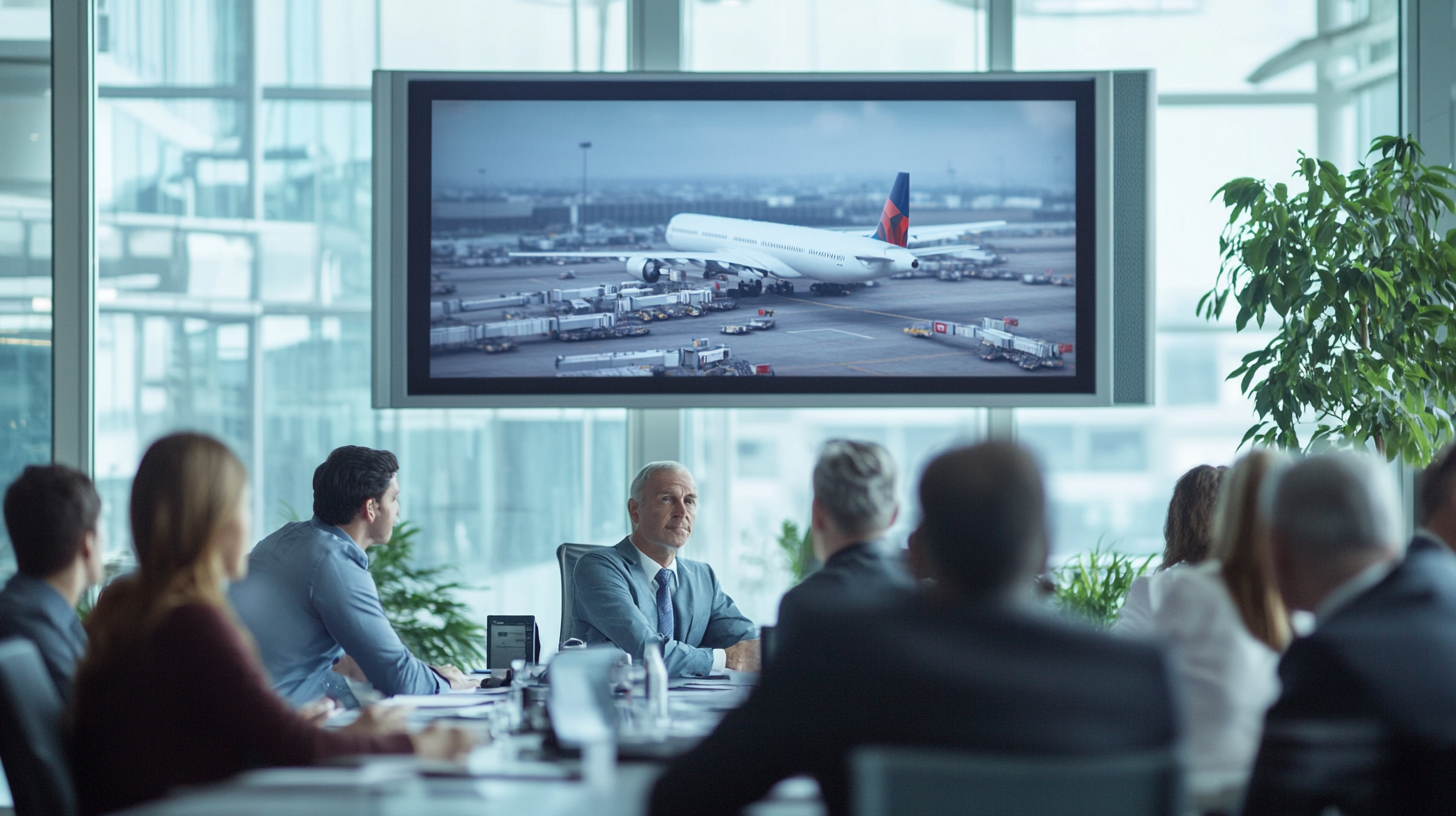
Addressing airport security challenges necessitates a unified approach involving all stakeholders. Airlines, airport authorities, security agencies, and government bodies must collaborate closely to develop comprehensive strategies. Enhanced communication channels are vital for sharing intelligence, updating protocols, and responding swiftly to emerging threats. Regular inter-agency meetings and joint training exercises can foster a culture of cooperation and readiness.
Training programs for security personnel should be continuously updated to incorporate the latest threat profiles and detection techniques. Emphasizing behavioral analysis, cultural sensitivity, and crisis management can empower staff to identify and respond effectively to potential risks. Additionally, establishing public-private partnerships can leverage technological innovations and resources from the private sector, further strengthening security infrastructures.
Balancing Security and Efficiency
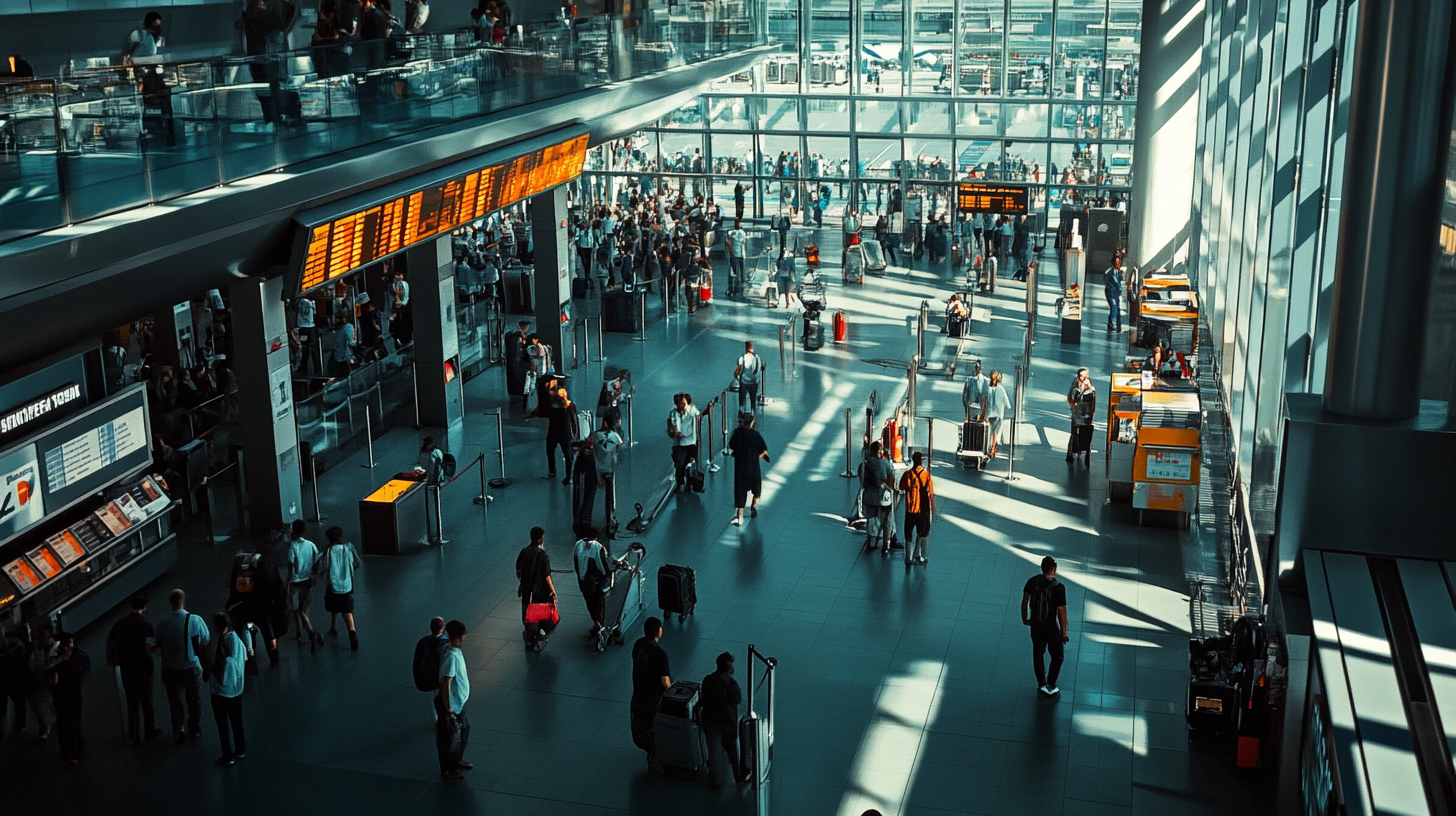
Enhancing security should not come at the expense of operational efficiency. Airports must strive to implement solutions that safeguard passengers without causing significant disruptions or delays. One strategy is the use of risk-based screening, where resources are allocated based on assessed threat levels. Trusted traveler programs, such as TSA PreCheck, allow for expedited screening of low-risk passengers, freeing up resources to focus on higher-risk individuals.
Leveraging technology to automate routine tasks can also improve efficiency. For example, self-service kiosks, mobile boarding passes, and automated baggage handling systems reduce bottlenecks and enable security personnel to concentrate on critical surveillance tasks. During peak travel seasons, proactive planning, such as adjusting staff schedules and optimizing passenger flow through terminal redesigns, can mitigate congestion. Ultimately, the goal is to create a secure environment that maintains the trust and confidence of travelers by delivering both safety and convenience.
TSA and Delta’s Response
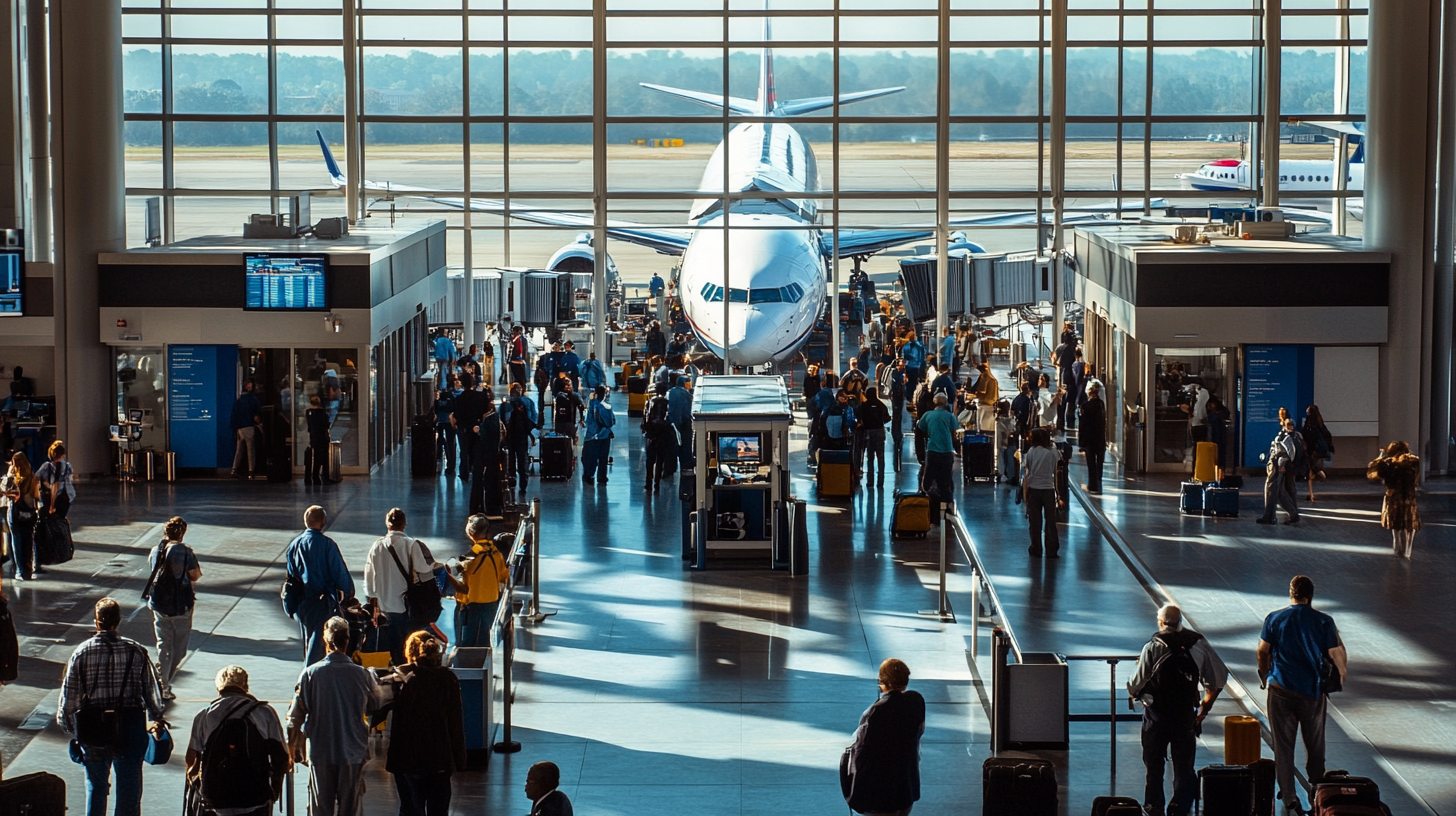
In response to the unsettling incidents, both Delta Air Lines and the TSA have reiterated their unwavering commitment to upholding the highest security standards. Delta has initiated internal reviews to assess potential vulnerabilities within their processes, collaborating closely with airport authorities to strengthen protocols. The TSA is conducting comprehensive investigations to dissect how these breaches transpired, examining everything from personnel performance to technological effectiveness.
As part of their response, the TSA is considering administrative actions, including pursuing civil cases against individuals involved. Additionally, they are reviewing and updating standard operating procedures, emphasizing areas such as access control, identification verification, and staff training. Both organizations acknowledge the critical need for transparency and swift action to restore public confidence. They are likely to engage with industry partners and security experts to implement recommended measures designed to prevent future occurrences.
Broader Implications for Aviation Security
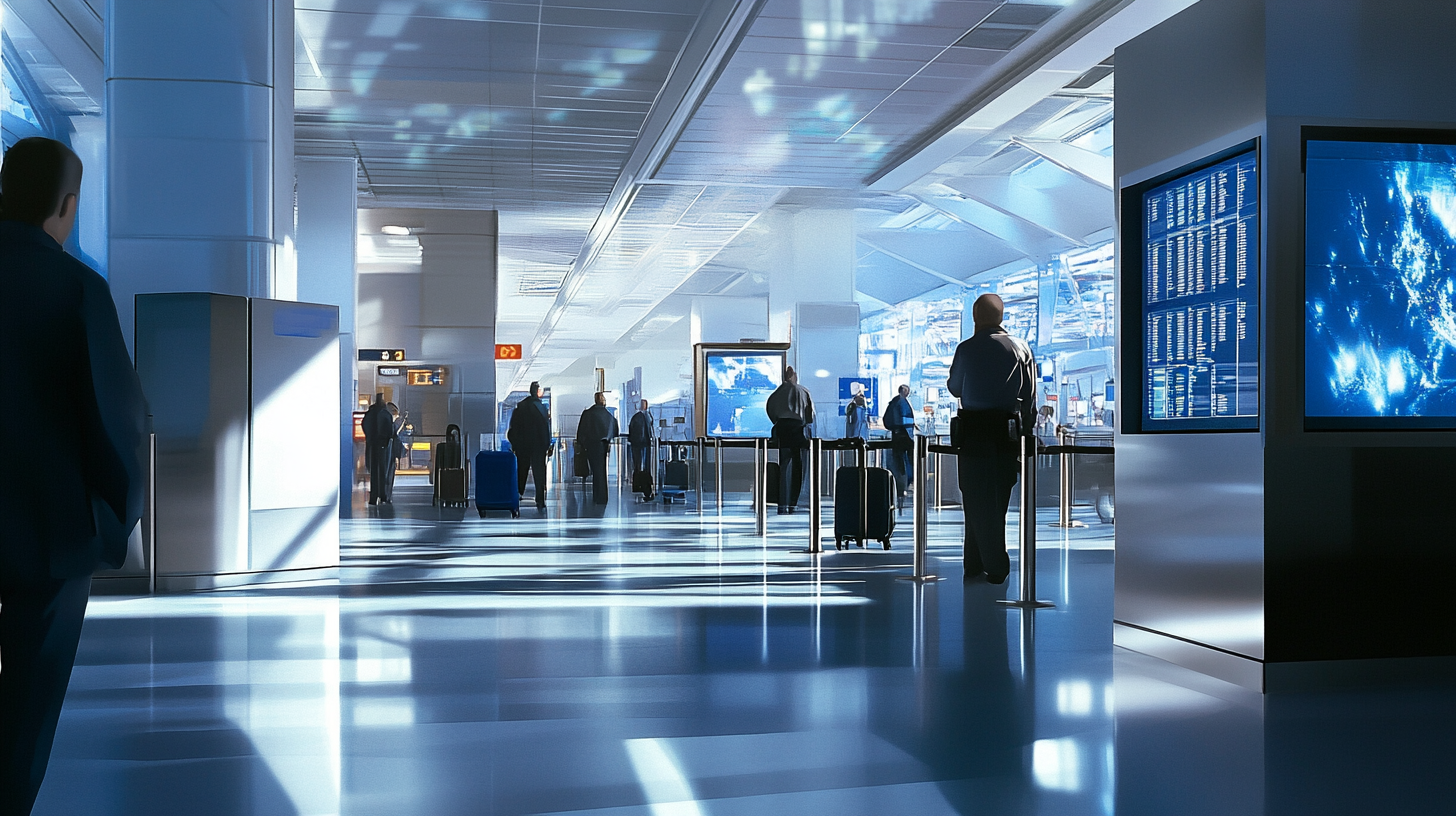
Need for Continuous Vigilance
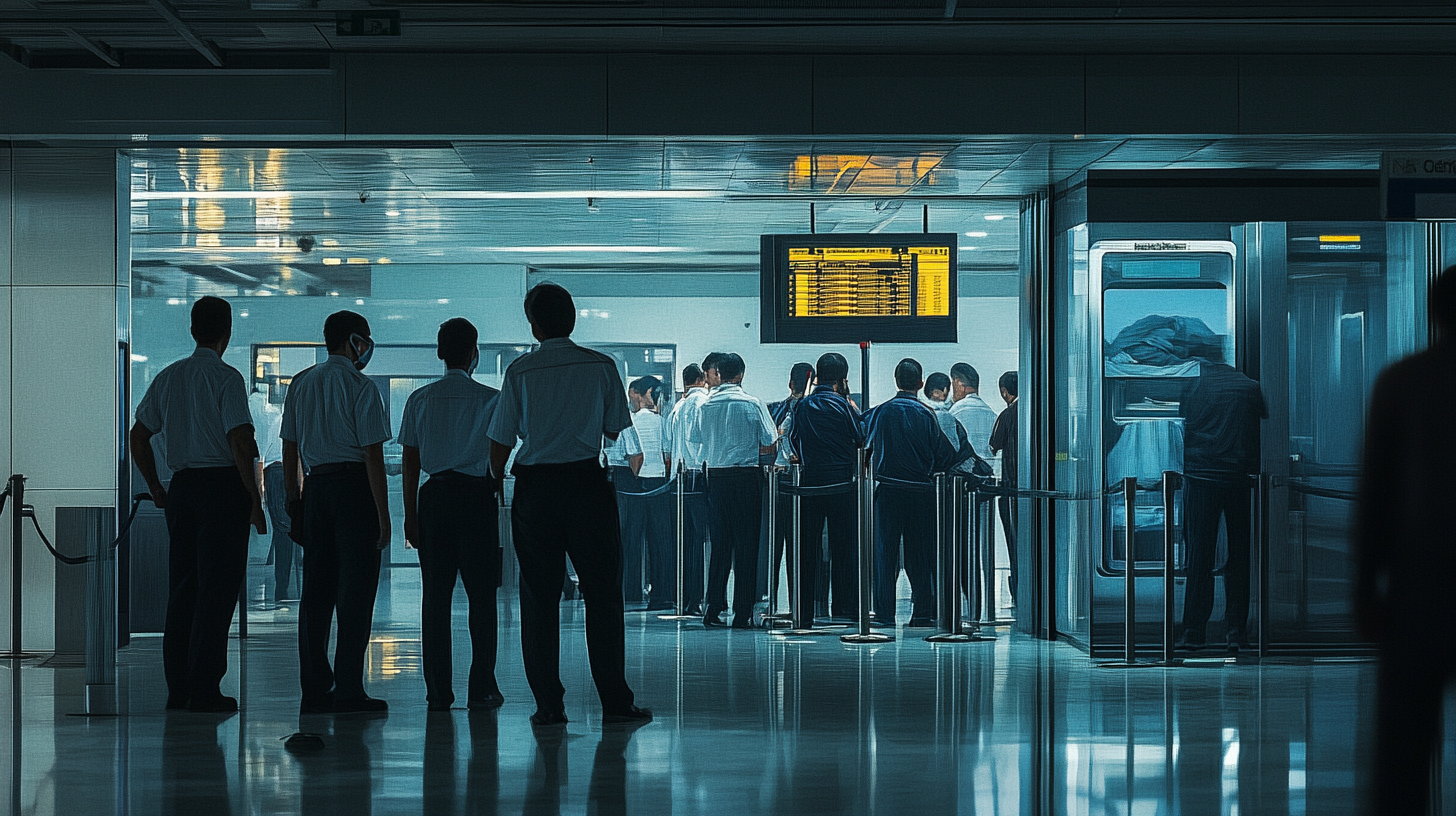
The recent stowaway incidents underscore the critical need for continuous vigilance in aviation security. History has shown that threats to aviation evolve rapidly, often exploiting unforeseen vulnerabilities. For instance, the events of 9/11 prompted a comprehensive overhaul of security protocols worldwide. Similarly, these incidents highlight that complacency can lead to significant lapses.
To effectively protect passengers, crew, and aircraft, security systems must be dynamic and adaptable. This involves not only technological upgrades but also fostering a security culture that encourages constant improvement and awareness. Regular assessments, drills, and audits are essential to identify potential weaknesses before they can be exploited. The aviation industry must remain proactive, anticipating future threats and adapting strategies accordingly to stay ahead of those who seek to do harm.
Public Awareness and Participation
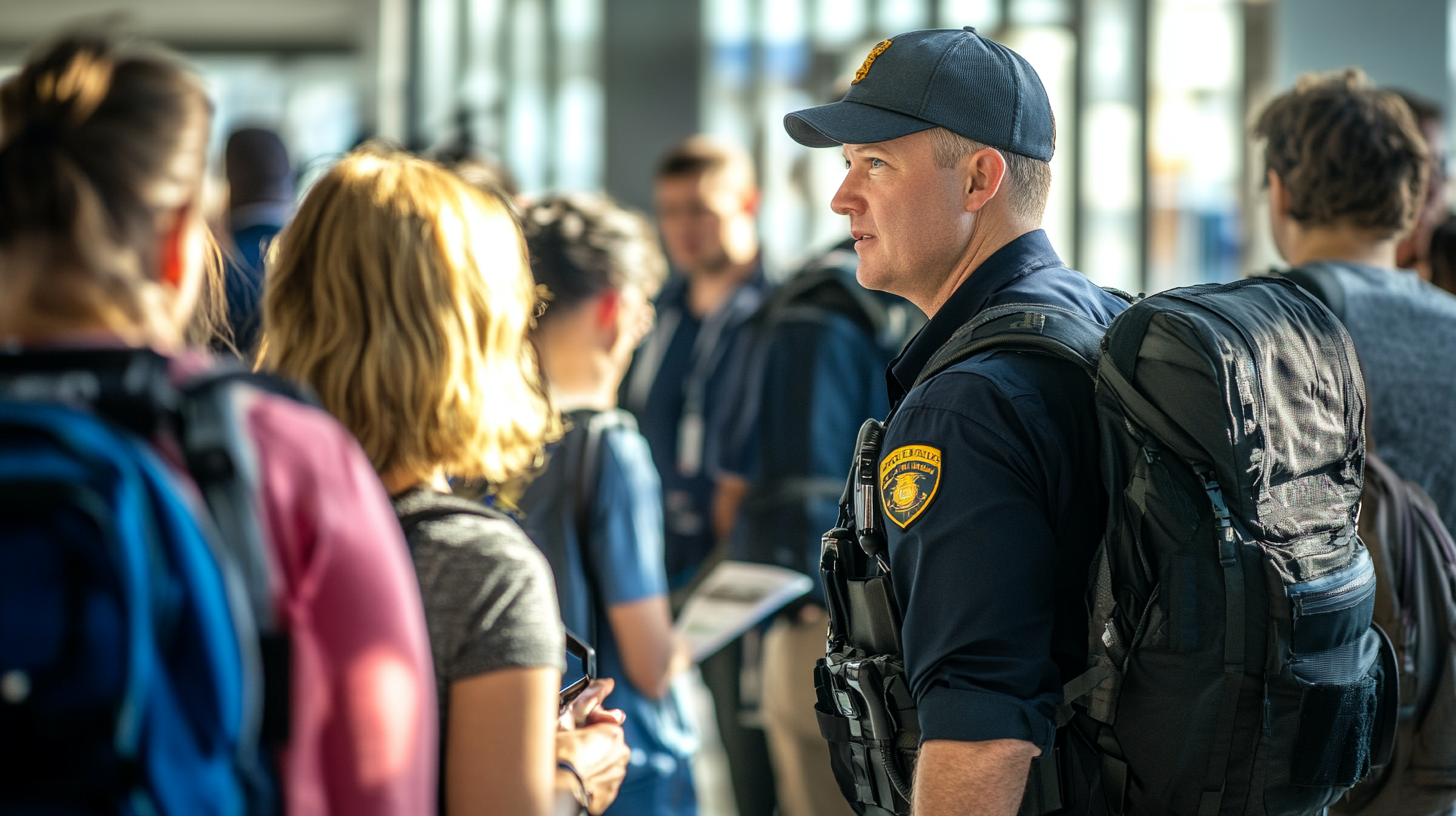
Passengers are an integral part of the aviation security ecosystem. Their cooperation and vigilance can significantly enhance safety measures. Public awareness campaigns can be instrumental in educating travelers about the importance of following security protocols, such as properly preparing carry-on items, arriving early for screenings, and understanding prohibited items lists.
Moreover, encouraging passengers to report suspicious behaviors or unattended items can aid security personnel in identifying potential threats promptly. Airports and airlines can facilitate this by providing clear communication channels and ensuring that passengers feel comfortable and empowered to speak up. The “See Something, Say Something” initiative is an example of how public participation can be encouraged. By fostering a sense of shared responsibility, the overall safety of air travel is bolstered, creating a secure environment for everyone.
Final Thoughts
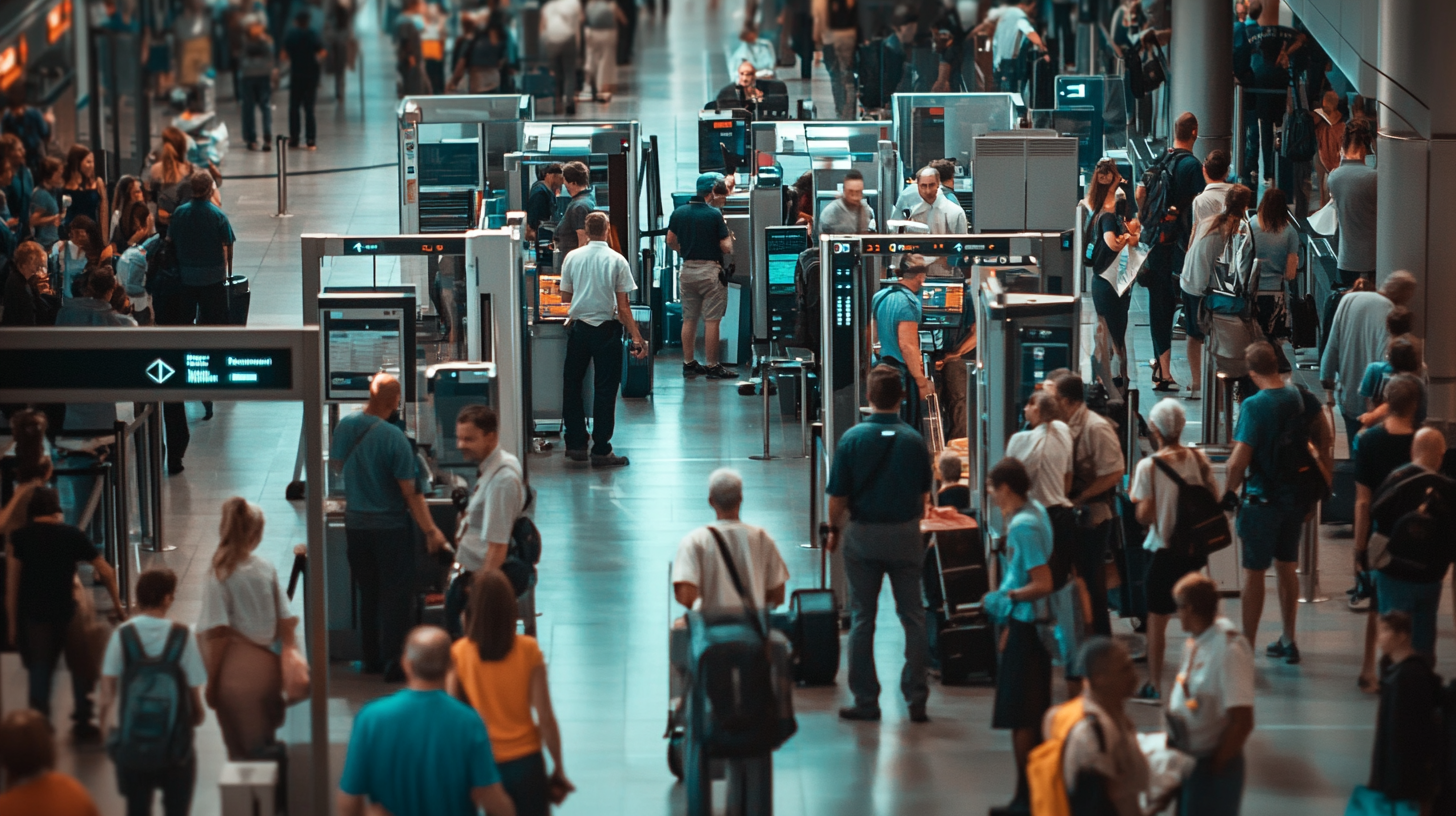
The recent stowaway incidents on Delta Air Lines flights have thrust airport security under intense scrutiny, revealing critical vulnerabilities that cannot be ignored. These events serve as a catalyst for urgent action, compelling authorities, airlines, and security agencies to reevaluate and bolster their systems. While procedural flaws are at the forefront, it is essential to acknowledge the profound human factors driving individuals to undertake such risky endeavors. Addressing the root causes extends beyond tightening security protocols; it necessitates a broader understanding of global inequalities and the socio-economic pressures that compel such drastic measures.
As the aviation industry strives to enhance safety measures, striking a delicate balance between security, efficiency, and compassion is imperative. Implementing advanced technologies, fostering collaboration among stakeholders, and engaging the traveling public are all critical components of a comprehensive security strategy. Ensuring safe and secure air travel for all requires a collective commitment to vigilance, innovation, and empathy.
Despite these challenges, air travel remains statistically one of the safest modes of transportation—a testament to the industry’s resilience and dedication to safety. The incidents underscore the importance of continual assessment and improvement of security measures. By learning from these breaches, embracing Comprehensive Aviation Security Strategies, and implementing effective solutions, the aviation industry can strengthen its defenses against unauthorized access. In doing so, it can maintain and even enhance the trust of the traveling public, assuring passengers that their safety is the highest priority.
Follow us back to Seat 5A for more insights and updates on aviation security and travel safety.



